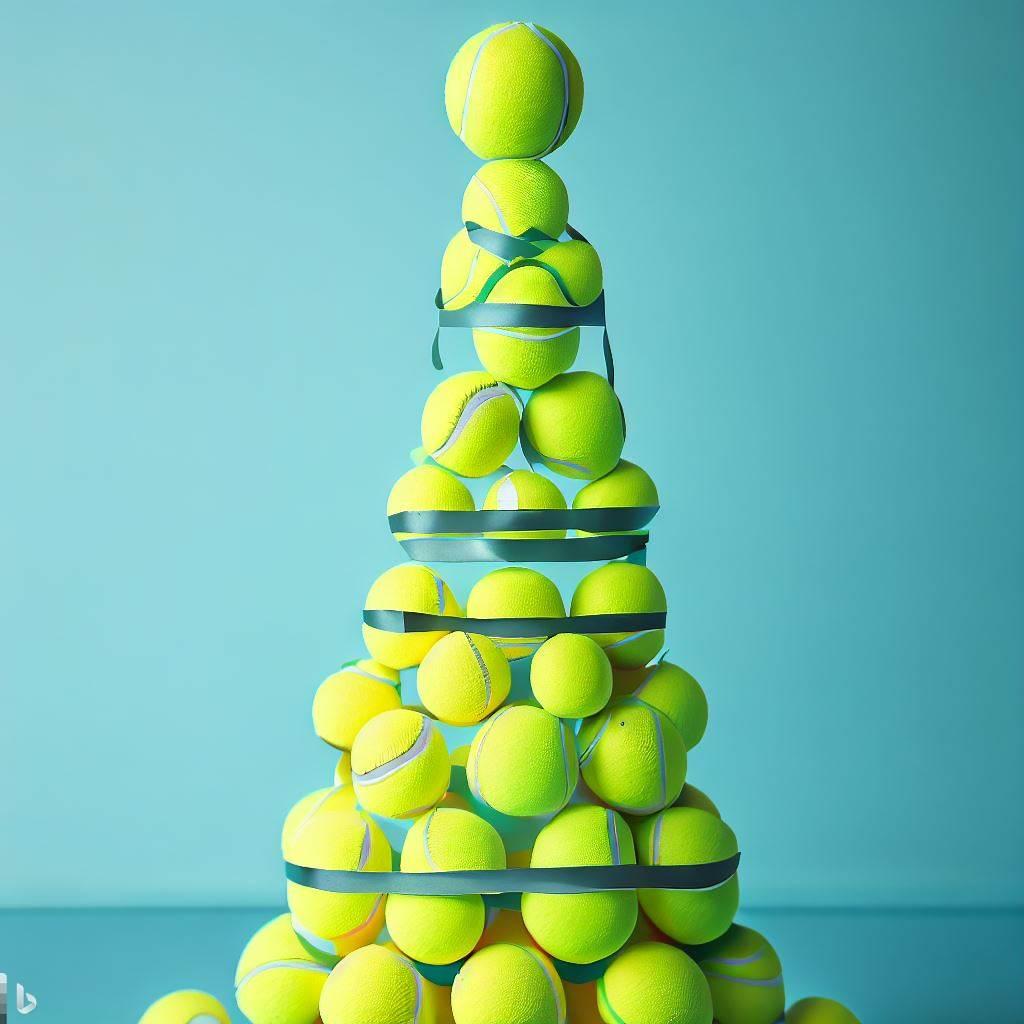Team building activities are the lifeblood of cohesive and effective teams. Enter the Tennis Ball Tower activity, an exciting endeavor that harnesses creativity, problem-solving, and teamwork. By transforming a seemingly ordinary tennis ball into a tower of innovation, this activity becomes a catalyst for collaboration and imagination. In this blog post, we’ll delve into the intricacies of the “Tennis Ball Tower” activity, exploring its objectives, materials, step-by-step instructions, variations, and the invaluable lessons it imparts.
How to do the Tennis Ball Tower activity?
The core objective of the “Tennis Ball Tower” activity is to ignite creativity, hone problem-solving skills, and foster a sense of teamwork among participants. By challenging teams to work together to construct an innovative tower, this exercise creates an environment that encourages resourcefulness and collaborative synergy.
Materials
To embark on this journey of ingenuity, gather the following materials:
- A substantial number of tennis balls. Ensure that each group has the same number of tennis balls.
- A roll of masking tape per group
- A flat surface for tower construction
Instructions
Follow these steps to facilitate the “Tennis Ball Tower” activity:
- Divide participants into smaller groups, ideally consisting of 4-5 members in each group.
- Provide each group with a generous but same number of tennis balls and a roll of masking tape.
- Instruct groups to construct the tallest tower possible using only the tennis balls and masking tape. The tower should stand independently.
- Set a specific time limit for the activity, such as 15-20 minutes. Teams must collaborate and strategize within this timeframe to complete the task.
- Once the allotted time is up, each team presents their unique tennis ball tower to the rest of the group. This phase encourages sharing, collaboration, and the appreciation of various approaches.
- Conclude the activity by facilitating a debriefing and reflection session. Encourage participants to share their experiences, emphasizing the significance of creativity, effective problem-solving, and collaborative teamwork in achieving a common goal.

Variation
To elevate the challenge and add an element of complexity, consider incorporating variations. Set additional constraints, such as limiting the amount of masking tape that can be used or requiring that the tower be built using a specific shape or pattern. Alternatively, ask the participants to only build one after the other and not simultaneously or all together but by just using one hand. In case participants should adapt these specific building techniques, the groups might build one after the other to monitor that they stick to the rules. Alternatively, get volunteers to support and watch the groups build the tower and stick to the rules. These constraints stimulate innovative thinking and encourage participants to adapt their strategies.
Debrief
Here are some debriefing questions to ask the group after completing the activity:
- What were some of the creative ideas your team considered while building the tennis ball tower?
- How did your team collaborate and make decisions during the construction process?
- Were there any challenges or obstacles your team faced while building the tower? How did you overcome them?
- Did you find that effective communication played a significant role in the success of your tower? How?
- What role did each team member play in the construction of the tower? How did your individual strengths contribute to the team’s overall success?
- Did your team encounter any setbacks or moments of frustration? How did you handle these moments?
- What strategies did you use to ensure that the tower was stable and able to support the weight of a tennis ball on top?
- Did your team consider different approaches or designs before settling on the final tower structure?
- How did your team’s creativity and problem-solving skills come into play during the construction process?
- What were some of the lessons you learned from this activity that can be applied to real-world projects and challenges?
- How did the time constraint impact your team’s decision-making process and the overall outcome?
- Did your team encounter any instances where compromise was necessary? How did you navigate those situations?
- How did your team members support and encourage each other throughout the activity?
- In what ways did the activity highlight the importance of collaboration and teamwork in achieving a common goal?
- What aspects of this activity can be related to our everyday work and the challenges we face in our roles?
Conclusion
The “Tennis Ball Tower” team-building activity masterfully blends creativity, problem-solving, and teamwork into a singular experience. Through this interactive exercise, participants unleash their creative potential, honing their ability to navigate challenges collectively. Just as a tennis ball transforms into a towering testament of innovation, teams transform into cohesive units capable of surmounting obstacles through collaboration. As change management enthusiasts, we recognize the value of such activities in forging unbreakable bonds among team members and fostering a culture of creativity and collective achievement.


